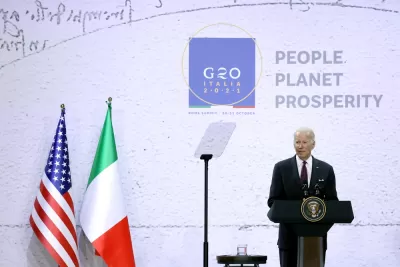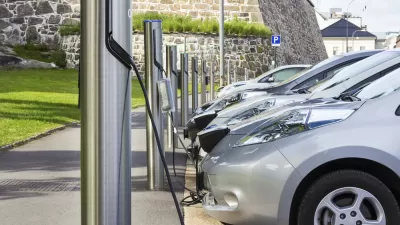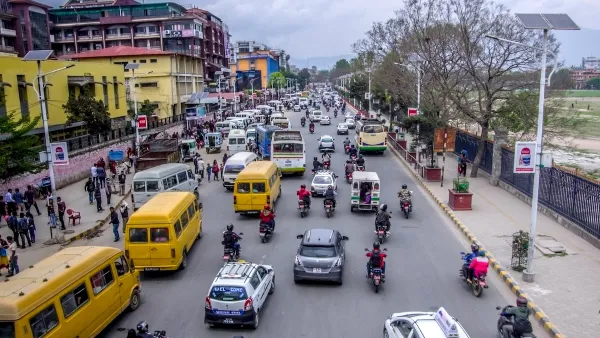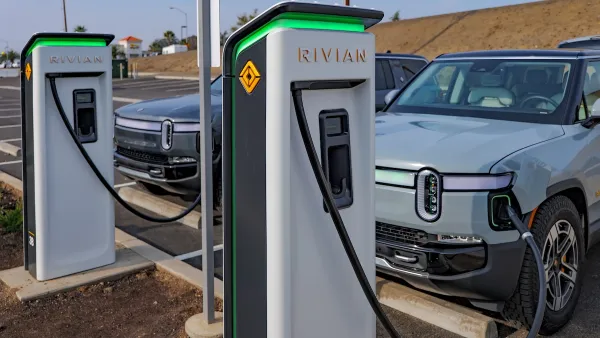President Biden signed an executive order on Wednesday that aims to cut 65 percent of the government's carbon emissions by the end of this decade and reach carbon neutrality by 2050.

An article by Anna Phillips for The Washington Post broke the news on Wednesday before President Biden signed the executive order, but details were already available. Biden aims to leverage the federal government's buying power to lower emissions, creating a fleet of electric vehicles, upgrading federal buildings, and changing the government's practices for buying electricity.
"Under the new approach, federal operations would run entirely on carbon-free electricity by 2030. By 2035, the government would stop buying gas-powered vehicles, switching to zero-emission heavy-duty trucks and cars. A decade after that, most of the buildings owned or leased by the government would no longer contribute to the carbon pollution that’s warming the planet," writes Phillips.
"The order also instructs the government to launch a 'buy clean' initiative, prioritizing products produced and transported with low greenhouse gas emissions."
According to experts cited in the article, the effort to lower emissions generated by the government could move the needle in the broader economy as well—because of the size and scope of the federal government's buying power.
The article also notes that the plan put forth in the executive order will face substantial obstacles, including production delays, opposition from industries and the other side of the political aisle, and the cost to upgrade facilities.
FULL STORY: Biden wants to make federal government carbon neutral by 2050

Planetizen Federal Action Tracker
A weekly monitor of how Trump’s orders and actions are impacting planners and planning in America.

San Francisco's School District Spent $105M To Build Affordable Housing for Teachers — And That's Just the Beginning
SFUSD joins a growing list of school districts using their land holdings to address housing affordability challenges faced by their own employees.

The Tiny, Adorable $7,000 Car Turning Japan Onto EVs
The single seat Mibot charges from a regular plug as quickly as an iPad, and is about half the price of an average EV.

Seattle's Plan for Adopting Driverless Cars
Equity, safety, accessibility and affordability are front of mind as the city prepares for robotaxis and other autonomous vehicles.

As Trump Phases Out FEMA, Is It Time to Flee the Floodplains?
With less federal funding available for disaster relief efforts, the need to relocate at-risk communities is more urgent than ever.

With Protected Lanes, 460% More People Commute by Bike
For those needing more ammo, more data proving what we already knew is here.
Urban Design for Planners 1: Software Tools
This six-course series explores essential urban design concepts using open source software and equips planners with the tools they need to participate fully in the urban design process.
Planning for Universal Design
Learn the tools for implementing Universal Design in planning regulations.
Smith Gee Studio
City of Charlotte
City of Camden Redevelopment Agency
City of Astoria
Transportation Research & Education Center (TREC) at Portland State University
US High Speed Rail Association
City of Camden Redevelopment Agency
Municipality of Princeton (NJ)





























